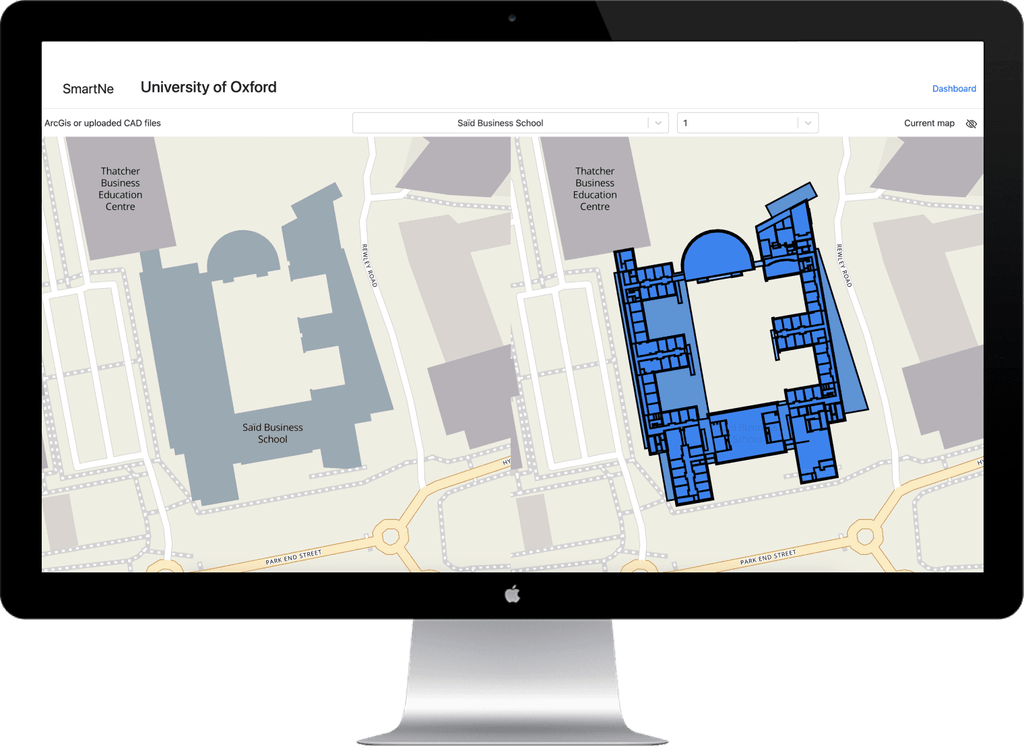Client's Objectives
- Enhance Indoor Navigation: Utilize advanced mapping technologies to provide accurate and user-friendly indoor navigation solutions.
- Improve User Experience: Deliver a seamless and intuitive user interface that enhances the overall experience of finding locations indoors.
- Increase Accessibility: Ensure that our indoor mapping solutions are accessible to a diverse range of users, including those with disabilities.
Challenges
Admin Panel for Integrating and Comparing Complex CAD Files
Processing Large-Scale CAD Files
Mobile Application Development and Testing
Solutions
Converting AutoCAD Plans to Geospatially Accurate Maps
The transformation of AutoCAD building plans, into geospatially accurate map formats, presented a substantial challenge that development teams successfully navigated. A critical part of the solution involved creating processable building map data through data analysis and algorithms. The team faced the challenge of working with large CAD files that contained no explicit information about the entities they included, such as rooms, doors, and corridors. To address this, custom code was developed and implemented to identify these entities. This innovative approach enabled the automated discovery and cataloging of architectural elements within the CAD files. By analyzing the data and applying custom algorithms, the team was able to extract, classify, and save the relevant information, transforming it into a structured format suitable for geospatial applications.
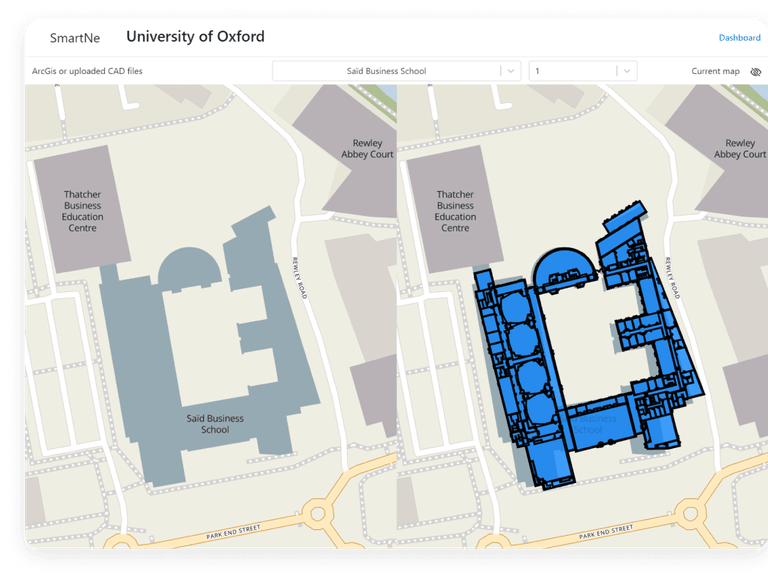
Collaborative Wireframing
Without a predetermined design, the team engaged in a collaborative process with the client to create wireframes for the admin panel. This foundational step was crucial for visualizing the solution's key functionalities and ensuring that the final product would be both intuitive and efficient for end-users. By involving the client in the wireframe process, the team could align the project's direction with the client's vision and requirements, ensuring a product tailored to the client's needs.
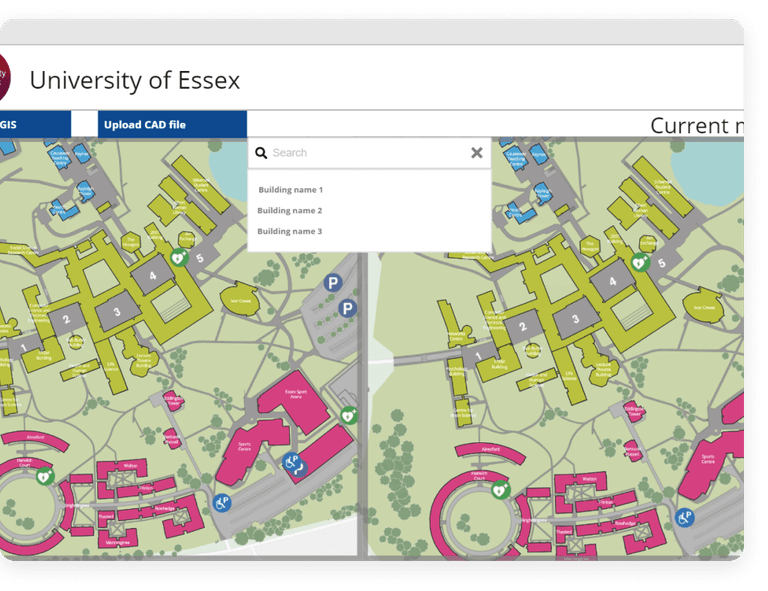
Agile Methodology for Iterative Feedback and Improvement
To address these challenges, the team employed an agile development methodology, breaking down the project into sprints. This approach allowed for rapid prototyping and continuous client feedback, ensuring that each iteration of the admin panel was closer to meeting the project's ambitious goals. Agile sprints facilitated a flexible development process, enabling the team to adapt to challenges and incorporate new insights and feedback efficiently.
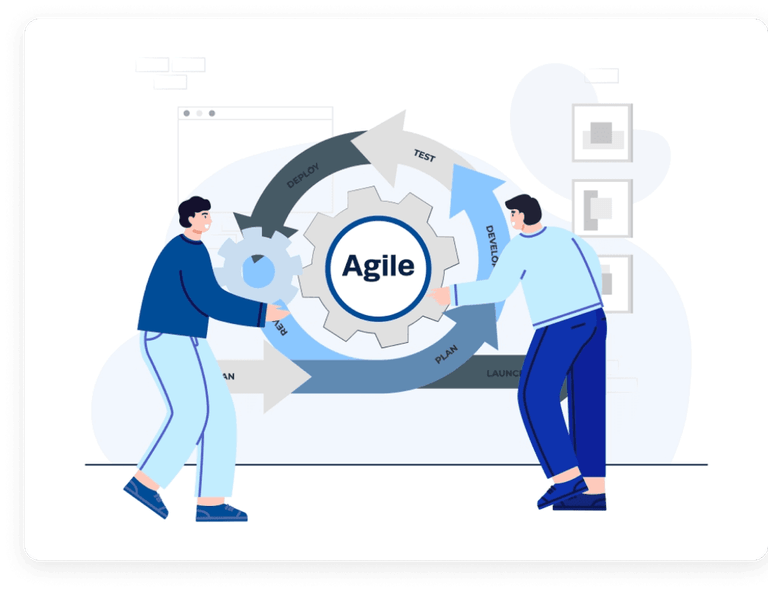
Enhancing Efficiency in Processing Large-Scale CAD Files
To address this challenge, the development team embarked on a multi-pronged strategy to enhance the script's performance and efficiency. Recognizing the need for a robust solution capable of handling the files' complexity and size, the team implemented the following solutions
Solutions

Algorithm Optimization

Parallel Processing

Memory Management Techniques
Deployment with AWS Lambda and Express
Serverless Architecture: By deploying our application on AWS Lambda, we embraced a serverless architecture, which allowed us to run our code in response to events without the need to manage servers. This architecture significantly reduced overhead and enabled automatic scaling according to the application's needs, ensuring that our solution was both cost-effective and capable of handling varying loads, especially critical given the resource-intensive nature of processing large-scale CAD files.
Integration with Express: The use of the Express framework within the AWS Lambda environment facilitated the creation of a robust, scalable web application backend. Express, known for its flexibility and minimalism, provided a solid foundation for routing and middleware functionalities. This integration ensured that our serverless application could handle requests efficiently, maintaining high performance despite the complex data processing requirements.
Cost Efficiency: The serverless model offered by AWS Lambda meant that costs were directly tied to the actual usage rather than the predetermined server capacity. This model was particularly advantageous for our application, where the computational demand could fluctuate significantly based on the volume and complexity of the CAD files being processed.
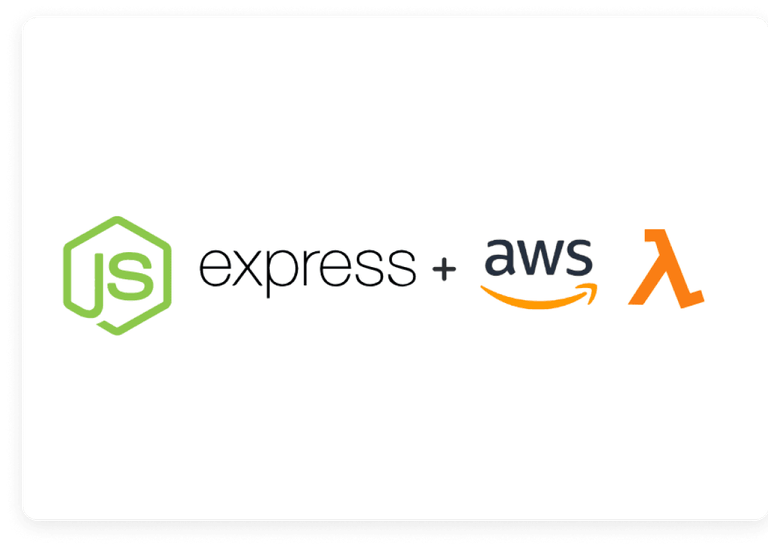
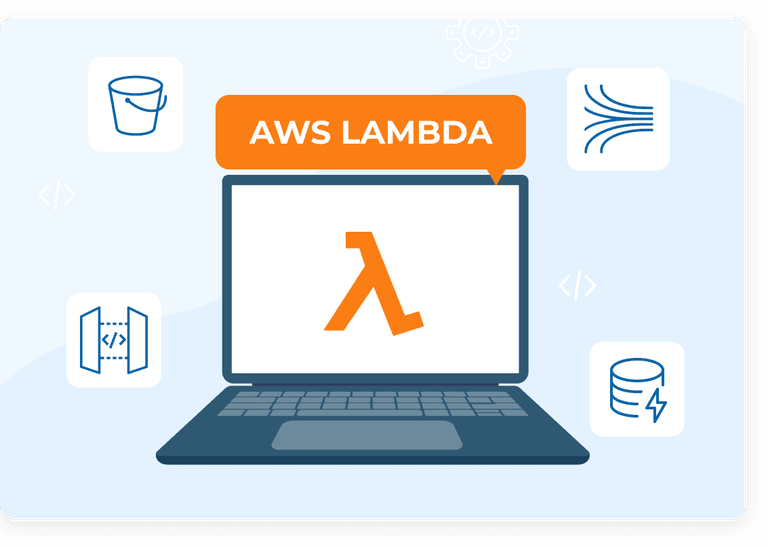
Mobile Application Development and Testing
Implemented Solutions:
Comprehensive Testing and Bug Fixing
The existing mobile application underwent thorough testing to identify and fix all existing bugs, enhancing its reliability and performance.
Development of a New Application
For the new application, the developer researched and tested using MongoDB for local database management. Initial tests with collections in MongoDB were conducted to ensure compatibility and performance.
Integration Challenges
Although the MongoDB was successfully connected to the project, the development of the new application was not completed, indicating an area for future focus and development.
Technologies
Start growing your business with usSend us a message
Book an online meeting
The online meeting will help you to quickly establish a plan of action and identify the resources needed to accomplish your project.
Book a meeting